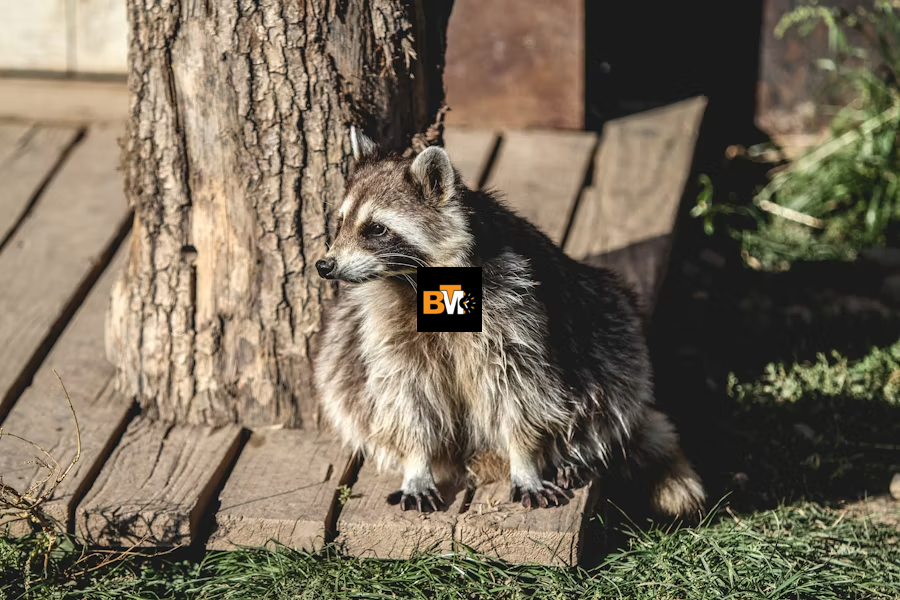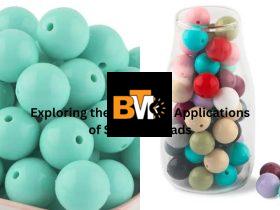A rustling in your attic or claw marks on your siding isn’t just a nuisance—it’s a warning sign of a potential wildlife invasion. From raccoons nesting in chimneys to rats chewing through wiring, uninvited animals can cause thousands in damage and pose serious health risks. Whether you need wildlife removal now or want to prevent future intrusions, this guide will help you fortify your home like a pro.
Here’s what we’ll cover:
- The most common home invaders in Central Florida
- 5 critical weak spots animals exploit
- When to call for wildlife removal
- DIY prevention vs. professional exclusion
Central Florida’s Most Unwanted Wildlife
Top Culprits & Their Damage
| Animal | Entry Points | Risks |
| Raccoons | Chimneys, roof vents | Torn insulation, parasites |
| Rats | Gaps >1/4″, utility lines | Electrical fires, disease |
| Squirrels | Soffits, attic vents | Chewed wires, structural damage |
| Opossums | Pet doors, crawl spaces | Fleas, garbage raids |
| Snakes | Foundation cracks, garages | Venomous species concerns |
5 Critical Vulnerabilities to Seal Now
1. Roof & Attic Access Points
Problem Areas:
- Loose roof shingles
- Gaps around plumbing vents
- Warped soffit panels
Solutions:
✔ Install chimney caps
✔ Use heavy-duty mesh on vents
✔ Replace damaged roofing promptly
2. Foundation & Crawl Space Gaps
Entry Points:
- Cracked mortar joints
- Loose siding
- Unsealed utility penetrations
Professional Fixes:
- Steel wool + foam for small holes
- Masonry repairs for foundations
- Crawl space door reinforcements
3. Garage & Door Weak Spots
Common Oversights:
- Pet door vulnerabilities
- Gaps under garage doors
- Torn window screens
Upgrade Options:
- Automatic-closing pet doors
- Threshold weather seals
- Metal kick plates on doors
4. Landscaping Ladders
What Helps Animals Climb:
- Tree branches touching roof
- Overgrown shrubs near walls
- Wood piles against house
Smart Landscaping:
- Maintain 6-8 ft clearance from roof
- Use gravel borders around foundation
- Store firewood 20+ feet from home
5. Food & Water Attractants
Biggest Mistakes:
- Unsecured trash cans
- Pet food left outside
- Bird feeders near house
Prevention Tips:
- Use wildlife-proof trash bins
- Feed pets indoors only
- Move feeders 30+ feet away
When DIY Prevention Isn’t Enough
Signs You Need wildlife removal in Central Florida
- Scratching noises in walls
- Foul odors from hidden areas
- Visible droppings/nesting
- Pets acting agitated
Professional Exclusion Process
- Inspection (thermal imaging, tracking powder)
- Humane Removal (live traps, one-way doors)
- Exclusion (steel flashing, heavy-duty mesh)
- Sanitization (enzyme cleaners, insulation replacement)
Finding Quality Wildlife Professionals
What to Look For:
Licensed by Florida Fish & Wildlife
Humane removal practices
Warranty on exclusion work
Insurance coverage
Red Flags:
- Uses poison or lethal traps
- No physical inspection
- Pushy sales tactics
Search Tip look for:
- “Humane methods”
- “Exclusion guarantee”
- “Free inspection”
Seasonal Wildlife-Proofing Calendar
Spring (Nesting Season)
- Inspect roof/attic
- Trim tree branches
- Install vent covers
Summer (Juvenile Animals)
- Secure trash bins
- Check for new entry points
- Monitor for activity
Fall (Pre-Hibernation)
- Seal foundation gaps
- Clean gutters
- Store food properly
Winter (Shelter Seekers)
- Reinforce crawl spaces
- Install door sweeps
- Schedule professional inspection
Your Action Plan
Immediate Steps:
- Walk perimeter looking for entry points
- Remove outdoor food sources
- Call for inspection if hearing noises
Long-Term Protection:
- Annual professional inspections
- Upgrade vulnerable areas
- Educate neighbors (community prevention)
Raph De Leon is a seasoned writer and passionate storyteller with over a decade of experience crafting compelling narratives that inspire, connect and challenge perspectives. When he’s not writing, you’ll likely find him at the beach, soaking up the sun, vibing to music and enjoying a drink.







Leave a Reply